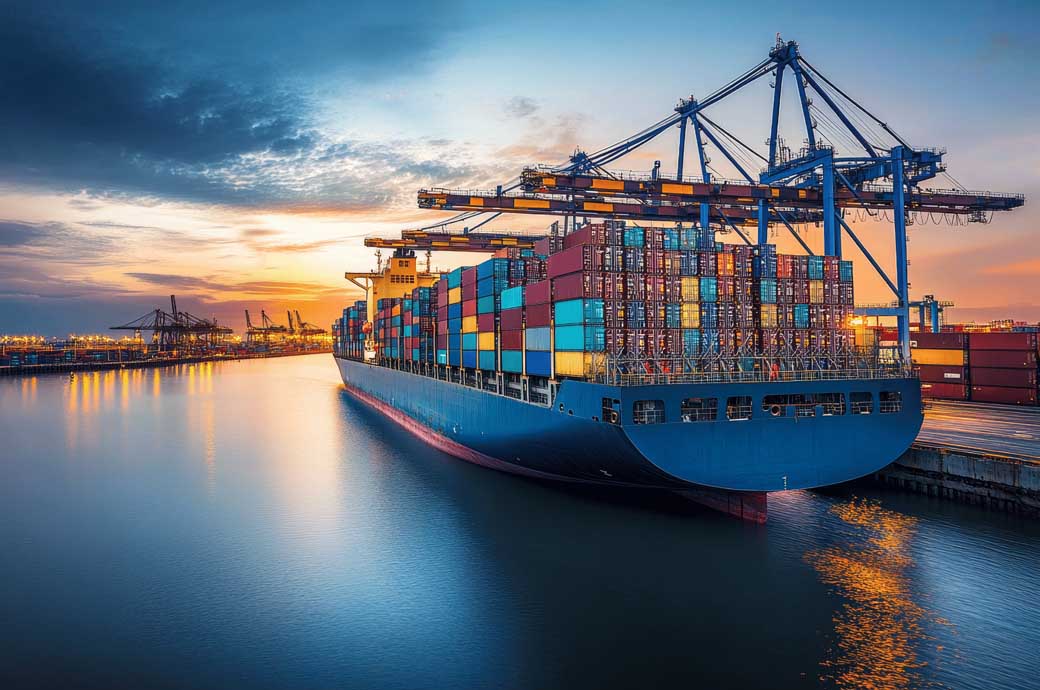
Proposed new tariffs by President-elect Donald Trump on Chinese and European goods could exacerbate growth challenges for export-oriented economies, reducing seaport activity, particularly in northern Europe, according to Fitch’s EMEA Transportation Infrastructure Outlook 2025.
As more than two-thirds of US goods imports are duty-free (although this varies from 80-90 per cent for Canada and Mexico to 40 per cent for China), Fitch thinks a reasonable working assumption for the purposes of our economic forecasts is applying Trump’s election campaign tariff promises only to the existing basket of dutiable imports.
This implies a jump in the US effective tariff to about 7.8 per cent from 2.3 per cent in 2023 globally, including a 25 percentage points (pps) increase for China and a 3-pp increase for Germany.
These tariff increases could materially affect global trade, port volumes and connectivity, and may necessitate adjustments to shipping routes, with port calls shifted and capacity reallocated, Fitch said in a release.
The Middle East and eastern Mediterranean face port overcapacity risks due to extensive terminal construction projects outpacing demand growth.
In the Middle East, greenfield projects may contribute over half of future capacity, adding about 29 million twenty-foot equivalent units (TEUs) over the next five years, Fitch noted. Plans in the eastern Mediterranean could add 11 million TEUs of capacity over five years, mainly in Egypt.
The combined impact of these expansions and geopolitical instability may weigh on the cash flow generation of the existing ports in the region.
Eurozone consumption picked up in the third quarter (Q3) this year as real household incomes rose, boosting a recovery in shipped volumes, which shrank in 2022-2023, Fitch added.
Fibre2Fashion News Desk (DS)